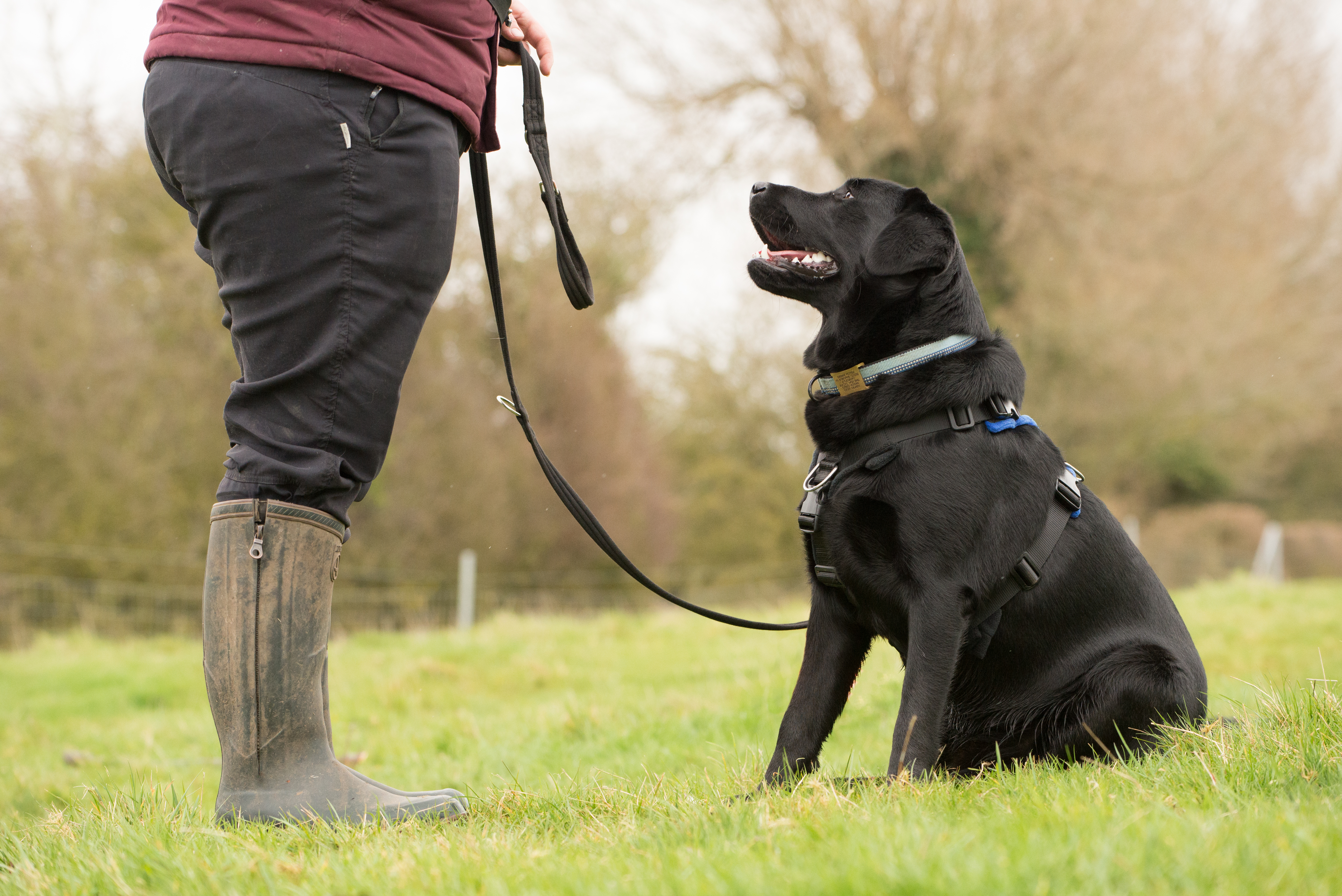« Back
Force-Free or Aversive Training – how do we tell the difference & which is better?
25/10/2022 - Training

Force Free and Aversive Training Methods are two terms you might hear bandied about quite a bit when it comes to dog training… but you might not know what the difference is and why Force Free training is better than using Aversive Methods. So let’s find out!
At its most basic level, the purpose of dog training is to help our dogs know how to behave appropriately in the world. We do this by teaching them what we would like them to do in certain situations – which they learn on the basis of our response to their actions.
Broadly speaking there are two different ways we can ‘teach’ a dog how to act.
Aversive Training is typically about ‘making’ the dog behave. It often uses unkind or forceful methods, which may be pain or punishment based, and many ‘traditional’ training techniques are now considered aversive. An example of this could be using a choke chain to stop a dog pulling on the lead.
Aversive training does not consider how our dogs feel about what we are asking them to do, and teaches dogs to suppress their emotions through fear or intimidation. It can look like a ‘quick fix’ because dogs soon learn to behave by avoiding pain or suffering, rather than because they want to, but it is not good for their emotional well-being.
In contrast, Force Free Training focuses on working WITH a dog’s feelings and emotions to create the desired behaviour.
This is the most ethical way of working, where the dog is encouraged to do what we want them to by using positive reinforcement and a rewards based system. By pairing something positive (e.g. a treat) with a desired action, it means that the dog will choose to make decisions that are rewarded, and they are happy to do it, rather than being forced to.
Positive, Force Free Training works over time to build a strong bond and trust between the dog and their handler. It is a slower route to gain the required results but is ultimately more successful and is the most ethical option.
So how do we identify whether our training is force free or aversive?
The simplest question to ask ourselves is whether our dog is offering us a behaviour because they want to or to avoid a negative consequence (which could be pain or punishment). Gone are the days where we rub a puppy’s nose in the mess if they urinate in the house – instead we encourage and reward them to go outside. It is important to note that it is not us, as the handler or trainer, that decides if something is indeed aversive, it’s in the eye of the beholder – our dog!
Dogs have long had the reputation as being Man’s Best Friend. If we truly believe this, we should always be ensuring that our actions when it comes to training are based on building that bond of trust and a positive relationship between dog and handler.
Potter Paws is proud to promote ethical training techniques for all our human and doggy clients.